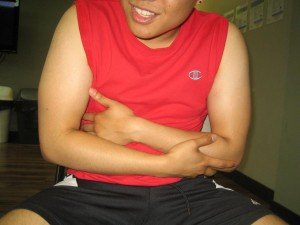Blue nightshade is an herbaceous plant that can cause poisoning. It is important to note that poisoning can occur by accident or intentionally after swallowing the plant or its products.
The poisonous part of the plant is solanine and atropine which is generally found in the leaves and fruits of the plant.
What are the indications?
The indications of blue nightshade poisoning tend to vary for each individual and ranges from minor to severe. In most cases, different bodily systems can be affected.
The usual signs of blue nightshade poisoning might include:
- Diarrhea
- Nausea and/or vomiting

The indications of blue nightshade poisoning tend to vary for each individual and ranges from minor to severe. - Headache
- Pupil dilation
- Fever and profuse sweating
- Abdominal pain
- Mouth dryness
- Weak pulse
- Difficulty breathing
- Numbness
- Delirium and hallucinations
- Shock
- Paralysis
Management of blue nightshade poisoning
If an individual is suspected with blue nightshade poisoning, it is vital to call for emergency assistance or the poison control center.
- Check the individual if he/she is still breathing and has a pulse rate.
- Do not attempt to induce vomiting unless instructed by a healthcare professional.
Once the individual is taken to the emergency department, it is recommended to bring the plant along.
Quick Note / Disclaimer
The material posted on this page on blue nightshade poisoning is for learning and educational purposes only. To learn to recognize the indications of this type of poisoning, register for a first aid and CPR course with Saskatoon First Aid.

